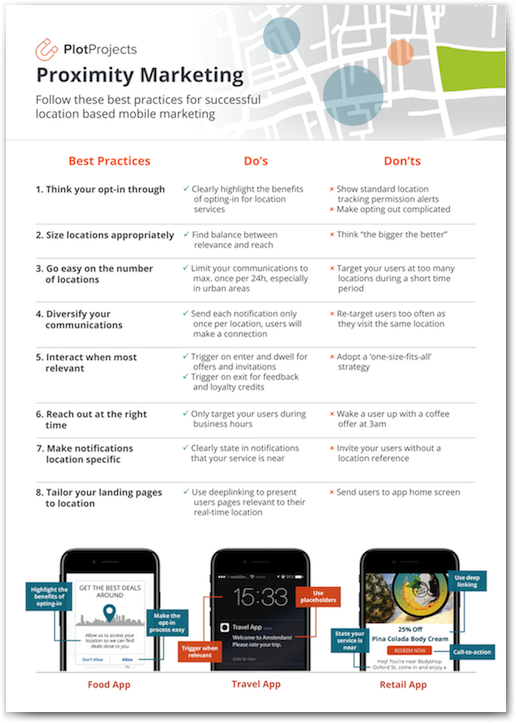When smartphone users first open an application, often, messages pop up asking them if they agree to share their location and receive push notifications. Some of them may have thoughts like: “Why do they want to know my location?” or “What notifications will they send me?”. How about replacing the standardized messages that almost every application uses and that scare the users away with more informative ones? Let your users know what exactly are the services you are going to offer them so that they can develop trust in your company and thereby more willingly opt in for your service. Wondering how to convince your app users to share their location? Take a look at some of the best examples for the perfect opt in!
Do it like Foursquare…
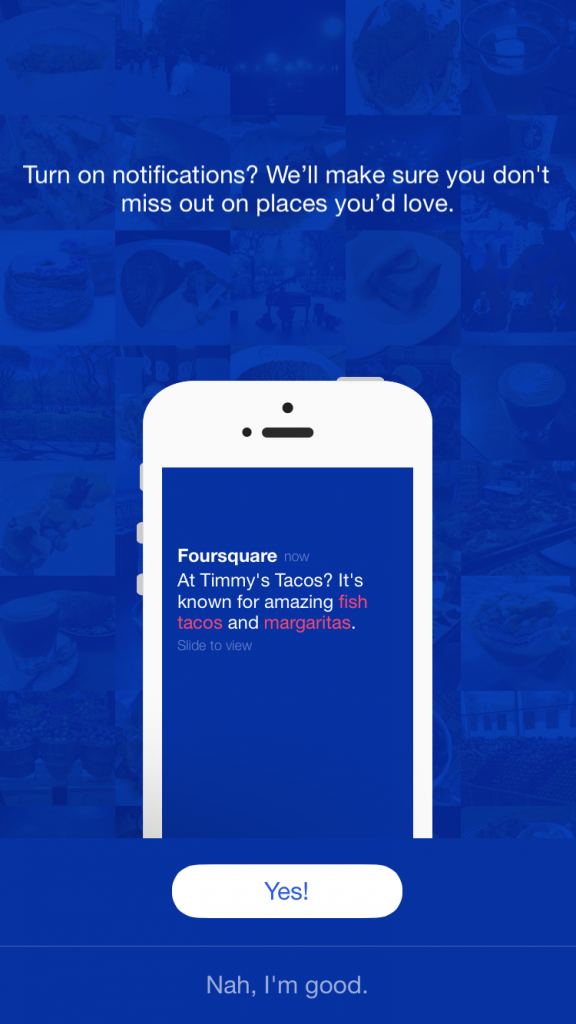
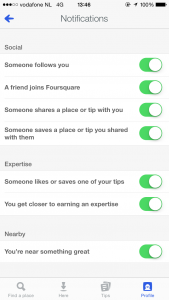
Foursquare is one of the most popular applications ever created. It provides local search experience for its users, taking into account their preferences and location. When users first open the app they receive a message stating that Foursquare will use their location to send them recommendations about interesting places even when the app is closed. It is also mentioned that their location won’t be shared to third parties unless they choose to check in. But the best thing of all, is that it gives you examples of how the notifications will look like! Another important thing is that Foursquare lets their users know that they can adjust the frequency of their notifications. This feature is also available at Swarm, a new app by Foursquare, which notifies users about their friends’ location!
…or Google Now
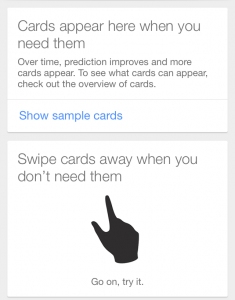
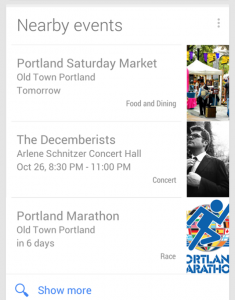
Google Now is an intelligent personal assistance developed by Google and it is available when the Google app is downloaded. It sends users notifications that include reminders about certain events they scheduled to attend on Google calendar or current news related to their search history on Google or it also alerts you about stores nearby that carry products you’ve previously researched on Google. When opening the app for the first time Google Now explains how it will use your location and gives you the possibility to see examples of how it works.
The perfect opt-in in a nutshell:
- Let your users know what the notifications sent will look like. Some people may think they will only receive spammy or irrelevant information and may not allow push notifications. Simply inform them about the content of the notifications and avoid this kind of misconceptions. Also, bare in mind that some new smartphone users may not even know what a push notification is. It is rare, but still, it happens.
- Inform about the frequency of the notifications. If you cannot provide your users the possibility to choose how often they want to receive them, you could create cooldown periods in which you will not send them anything. For instance, you can choose to send no more than two notifications per user during a week. In any case, let them know you will not bombard them!
- Mention privacy issues, such as why and when the application will use users’ location as well as when and if it will be shared. Many people claim that they don’t trust applications to track their location and find this intrusive. Let them know that this is done in their favour and that nothing will be shared without their permission.
All in all, don’t follow the mass. Reply to your users doubts about your notifications before they even express them. Inform them the best and most simple way you can and they will definitely appreciate it.

